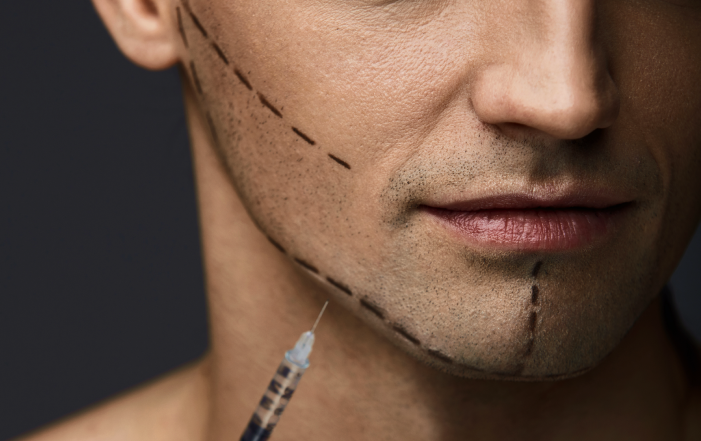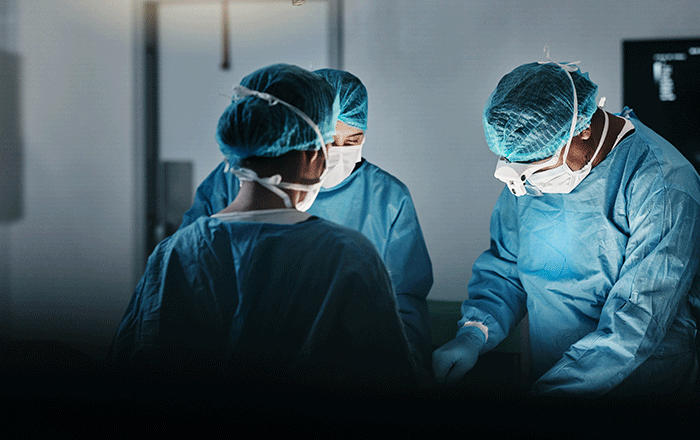Facelift
Facelift in Singapore
Aging is a natural part of life, but for many, the visible signs—such as sagging skin, deep wrinkles, and loss of facial volume—can impact self-confidence and how youthful we feel inside. While skincare products and non-invasive treatments can offer temporary improvements, a facelift remains the most effective and long-lasting solution for those seeking significant facial rejuvenation.
Medically Reviewed by Dr Colin Tham
Consultant Plastic & Reconstructive Surgeon
MB ChB (Aberdeen), FRCS (Ireland), FAMS

What Is a Facelift?
A facelift, or rhytidectomy, is a cosmetic surgical procedure that improves visible signs of ageing in the face and neck. It involves lifting and tightening the underlying facial tissues, removing excess skin, and recontouring the face to achieve a smoother, more youthful appearance.
Facelift surgery primarily addresses:
- Sagging in the mid-face or cheeks
- Deep creases around the nose and mouth (nasolabial folds)
- Jowls along the jawline
- Loose skin and fat under the chin and neck
Contrary to common belief, a facelift doesn’t freeze the face or remove every wrinkle—it focuses on lifting and repositioning facial structures to restore natural youthfulness while maintaining each patient's unique features.
Who Should Get a Facelift?
A facelift is ideal for individuals who are starting to notice significant signs of aging that cannot be corrected with non-surgical treatments. Many people consider the procedure when they feel their external appearance no longer matches how they feel inside.
You may benefit from a facelift if you:
- Have sagging or loose skin on the face and neck
- See deep creases or folds that make you appear tired or aged
- Have lost definition in the jawline or developed jowls
- Feel that fillers or non-surgical options are no longer effective
Ultimately, the goal of a facelift is not to change who you are but to help you look like a more rested, youthful version of yourself.
Who Is a Suitable Candidate for a Facelift?
The best candidates for a facelift are individuals who are in good general health and have realistic expectations about the outcome. Ideal candidates typically:
- Are in their 40s to 70s (though healthy older patients may also qualify)
- Have moderate to significant facial ageing
- Have good skin elasticity and strong bone structure
- Are non-smokers or willing to quit before and after surgery
- Do not have uncontrolled medical conditions
During a consultation, your surgeon will assess your facial anatomy, medical history, and aesthetic goals to determine whether a facelift—or a different facial rejuvenation procedure—is the best option for you.

How Is a Facelift Performed?
Facelift surgery is usually performed under general anesthesia or intravenous sedation. The procedure typically takes 2 to 4 hours, depending on its complexity and whether other treatments (like a neck lift or eyelid surgery) are being performed at the same time.
The surgeon makes discreet incisions, usually starting at the hairline near the temples, extending around the ear, and possibly continuing into the lower scalp. Through these incisions, the surgeon lifts and repositions the deeper layers of the face (including muscles and connective tissue), tightens them, and re-drapes the skin. Excess skin is trimmed, and the incisions are closed meticulously to minimize visible scarring.
For patients with neck laxity or excess fat under the chin, a neck lift is often performed simultaneously through a small incision under the chin.
What Are the Types of Facelifts?
Several facelift techniques are available, and the choice depends on your age, facial structure, and degree of aging. The most common types include:
Traditional Facelift
Also known as a full facelift, this procedure addresses the entire lower two-thirds of the face and neck. It is ideal for patients with significant sagging and aging.
Mini Facelift
A less invasive version with shorter incisions, a mini facelift targets early signs of aging, especially around the jawline and cheeks. Recovery is quicker, but results may be more subtle.
Mid-Facelift
Focused on the area around the cheeks and lower eyelids, this technique lifts the central face. It's often combined with eyelid surgery or fat grafting.
Deep Plane Facelift
This advanced technique lifts the deeper layers of tissue and muscles (not just the skin) to provide natural, longer-lasting results. It's best for moderate to severe aging.
SMAS Facelift
This approach targets the superficial musculoaponeurotic system (SMAS), a layer beneath the skin that is tightened for more durable outcomes. It's a popular and widely used technique.
What to Expect Before, During, and After a Facelift

Before Surgery
During your consultation, your surgeon will discuss your goals, review your medical history, and take photos for planning. You may be asked to:
- Stop smoking and avoid certain medications (e.g. blood thinners)
- Undergo lab tests or a medical evaluation
- Arrange for someone to drive you home and help during recovery
Detailed pre-operative instructions will be provided to prepare you for the actual day of surgery.

During Surgery
On the day of surgery, you will receive anaesthesia to ensure comfort. The surgeon will perform the facelift based on your customised plan, carefully making incisions, repositioning tissue, removing excess skin, and closing the incisions with sutures. You will be taken to a recovery area afterward for monitoring before being discharged or admitted overnight, depending on the procedure's extent.

After Surgery
You can expect some swelling, bruising, and tightness in the face and neck for the first few days. These effects are normal and subside gradually. A compression garment or dressing may be applied to support healing. Pain is typically mild to moderate and managed with medication.
Your surgeon will schedule follow-up appointments to monitor healing and remove any stitches. Most people return to light activities within 7 to 10 days, while full recovery takes several weeks.
Recovering from Facelift
Recovery from a facelift is a gradual process. Here's a general timeline:
First week
Bruising and swelling peak but will start to improve. Mild discomfort is common.Second week
Visible swelling and bruising fade; most patients feel comfortable going out in public.Weeks 3-4
Residual swelling continues to improve. Normal routines, including work and social activities, are typically resumed.After 6 weeks
Exercise and strenuous activity can usually be resumed. Final results become more visible as healing completes.
Scars are well-concealed and continue to fade for months. It is essential to follow post-operative instructions carefully, including proper wound care, avoiding sun exposure, and attending all follow-up visits.
Are There Non-Surgical Alternatives to a Facelift?
Yes, non-surgical facial rejuvenation options are available for those with mild to moderate signs of aging or those not ready for surgery. These include:
Dermal fillers
Add volume and smooth wrinkles, especially in the cheeks and nasolabial foldsBtx injections
Temporarily reduces dynamic wrinkles caused by muscle movement (e.g., crow's feet, forehead lines).Thread lift:
Uses dissolvable threads to lift sagging skin subtlyUltherapy or radiofrequency treatments
Stimulate collagen production and tighten skin with ultrasound or radiofrequency energyLaser resurfacing or chemical peels
Improve skin tone, texture, and fine lines
While these treatments offer noticeable improvements, they cannot match the dramatic and long-lasting results of a surgical facelift. Many patients start with non-surgical options and later transition to surgery for more substantial and lasting rejuvenation.
Frequently Asked Questions

Facelift Surgeon in Singapore
Dr Colin Tham
Consultant Plastic & Cosmetic Surgeon MB ChB (Aberdeen), FRCS (Ireland), FAMS
Dr Colin Tham is an experienced plastic surgeon skilled in performing double eyelid surgeries. He is accredited by the Ministry of Health in Singapore and has over 20 years of experience in the field. Dr Tham received extensive plastic surgery training in Scotland, Taiwan, and Singapore; and is committed to providing beautiful and natural-looking outcomes for all his patients.
